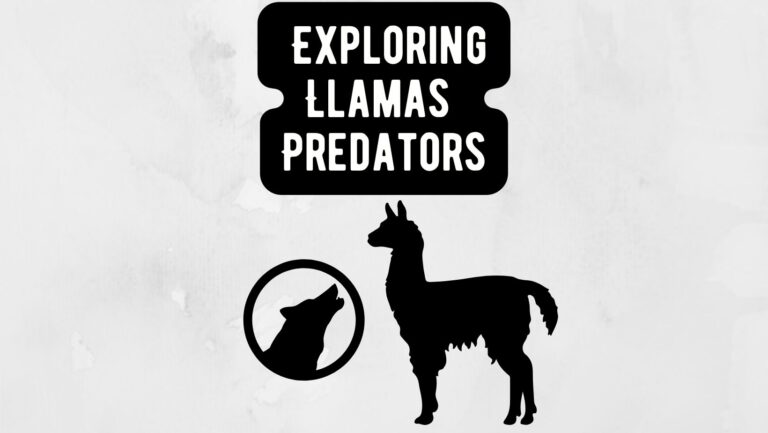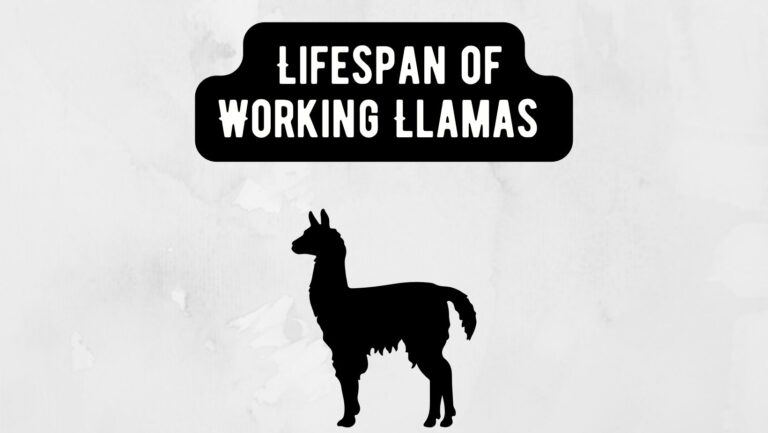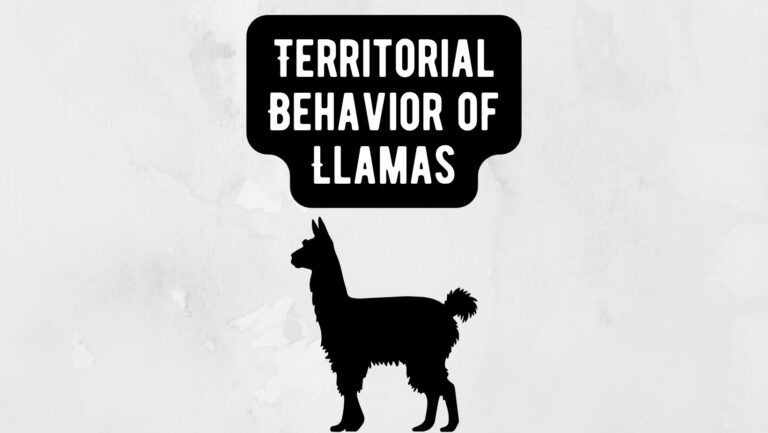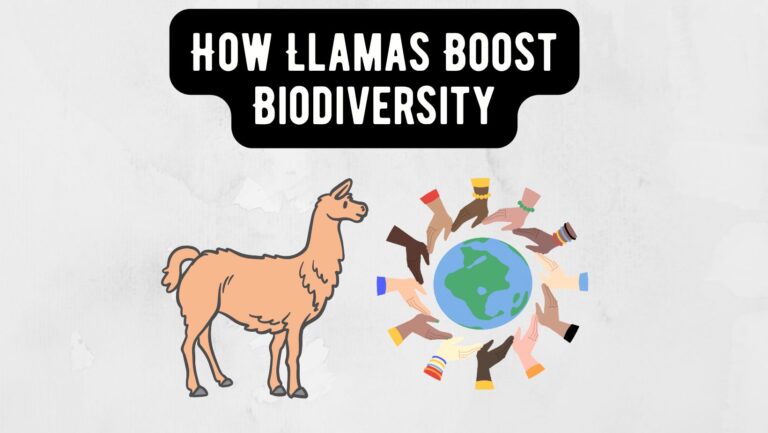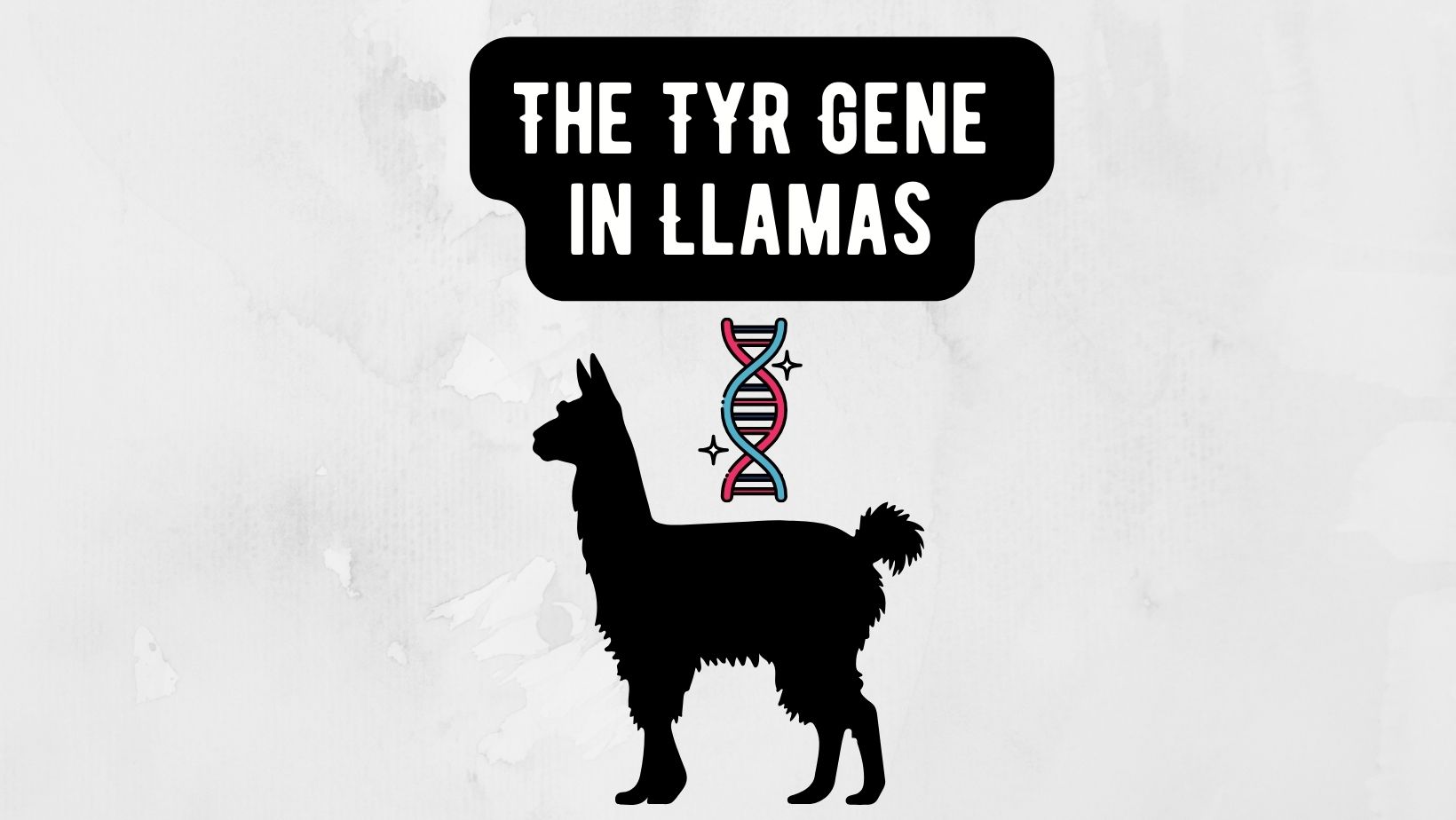
The TYR gene, responsible for encoding the tyrosinase enzyme, plays a vital role in mammalian pigmentation. It catalyzes the conversion of L-dihydroxy-phenylalanine (DOPA) to DOPA quinone, a precursor of melanin production. Mutations in the TYR gene can lead to various coat color phenotypes in animals, including albinism and diluted colors.
This study investigates the TYR gene’s involvement in coat color variation in llamas (Lama glama), which exhibit diverse coat colors, from non-diluted to white phenotypes, including blue-eyed white individuals.
Post Contents
- 1 Introduction to the TYR Gene:
- 2 Polymorphisms and Variation in the TYR Gene:
- 3 TYR Gene Expression Analysis:
- 4 Implications and Future Directions:
- 5 Materials and Methods:
- 6 Expression Patterns of the TYR Gene:
- 7 Relationship TYR Gene Polymorphisms and Coat Color Phenotypes:
- 8 Future Directions and Research Opportunities:
- 9 Conclusion:
Introduction to the TYR Gene:
- The TYR gene encodes the tyrosinase enzyme, crucial for melanin synthesis.
- Mutations in TYR can result in albinism or diluted phenotypes in various species.
- The llama presents a wide array of coat colors, providing an ideal model for studying TYR gene variation and its effects on pigmentation.
Polymorphisms and Variation in the TYR Gene:
- Sequencing of TYR exons and flanking regions revealed several single nucleotide polymorphisms (SNPs) in llamas, including non-synonymous mutations.
- Seven polymorphisms were identified in non-coding regions, including microsatellites and SNPs in promoter and 3′-UTR regions.
- Although no complete association was found between specific SNPs and coat color phenotypes, the c.1-26C > T variant showed partial association with diluted phenotypes.
TYR Gene Expression Analysis:
- mRNA expression levels of TYR were analyzed in skin biopsies from llamas with different coat colors.
- White llamas exhibited significantly lower TYR expression levels than diluted and non-diluted phenotypes.
- Variation in regulatory regions did not fully explain the differences in TYR expression levels among phenotypes.
Implications and Future Directions:
- Understanding the role of TYR gene polymorphisms and expression patterns in llama pigmentation can inform breeding and conservation efforts.
- Selective breeding programs may benefit from identifying genetic markers associated with desired coat colors.
- Further research is warranted to elucidate additional genetic factors contributing to coat color variation in llamas and other camelids.
Materials and Methods:
- Blood samples were collected from llamas representing various coat color phenotypes, including non-diluted, diluted, and white.
- Sequencing and genotyping techniques were employed to identify TYR gene polymorphisms.
- mRNA expression levels of TYR were measured in skin biopsies using quantitative PCR (qPCR).
Expression Patterns of the TYR Gene:
- Understanding the expression patterns of the TYR gene is essential for unraveling its role in determining coat color in llamas.
- Gene expression studies have revealed differential TYR gene expression levels in various tissues, including skin and hair follicles, across different coat color phenotypes.
- Differences in TYR gene expression may contribute to variations in melanin production and distribution, influencing coat color outcomes in llamas.
Relationship TYR Gene Polymorphisms and Coat Color Phenotypes:
- Research efforts have aimed to establish associations between specific TYR gene polymorphisms and distinct coat color phenotypes in llamas.
- Researchers can identify candidate polymorphisms associated with particular color traits by analyzing the genetic makeup of llamas with different coat colors.
- Understanding these genetic associations can provide valuable insights into the underlying mechanisms of coat color determination in llamas and other mammals.
Future Directions and Research Opportunities:
- Continued research into the TYR gene and its role in coat color determination in llamas offers promising avenues for further exploration.
- High-throughput sequencing technologies and functional genomics approaches can provide deeper insights into the genetic basis of coat color diversity in llamas.
In conclusion, the TYR gene serves as a focal point for investigating the genetic basis of coat color diversity in llamas. Understanding the polymorphisms and expression patterns of this gene offers valuable insights into the mechanisms underlying color variation in this species, with implications for breeding, conservation, and evolutionary studies.
Conclusion:
- The TYR gene plays a significant role in determining coat color variation in llamas, with mutations and expression levels influencing pigmentation outcomes.
- This study enhances our understanding of the genetic basis of coat color diversity in llamas and provides insights into the molecular mechanisms underlying pigmentation in camelids.
Investigating the TYR gene in llamas sheds light on the genetic factors contributing to coat color variation in this species. By elucidating the molecular mechanisms involved, this research contributes to the broader field of animal genetics and provides valuable information for breeding and conservation efforts.
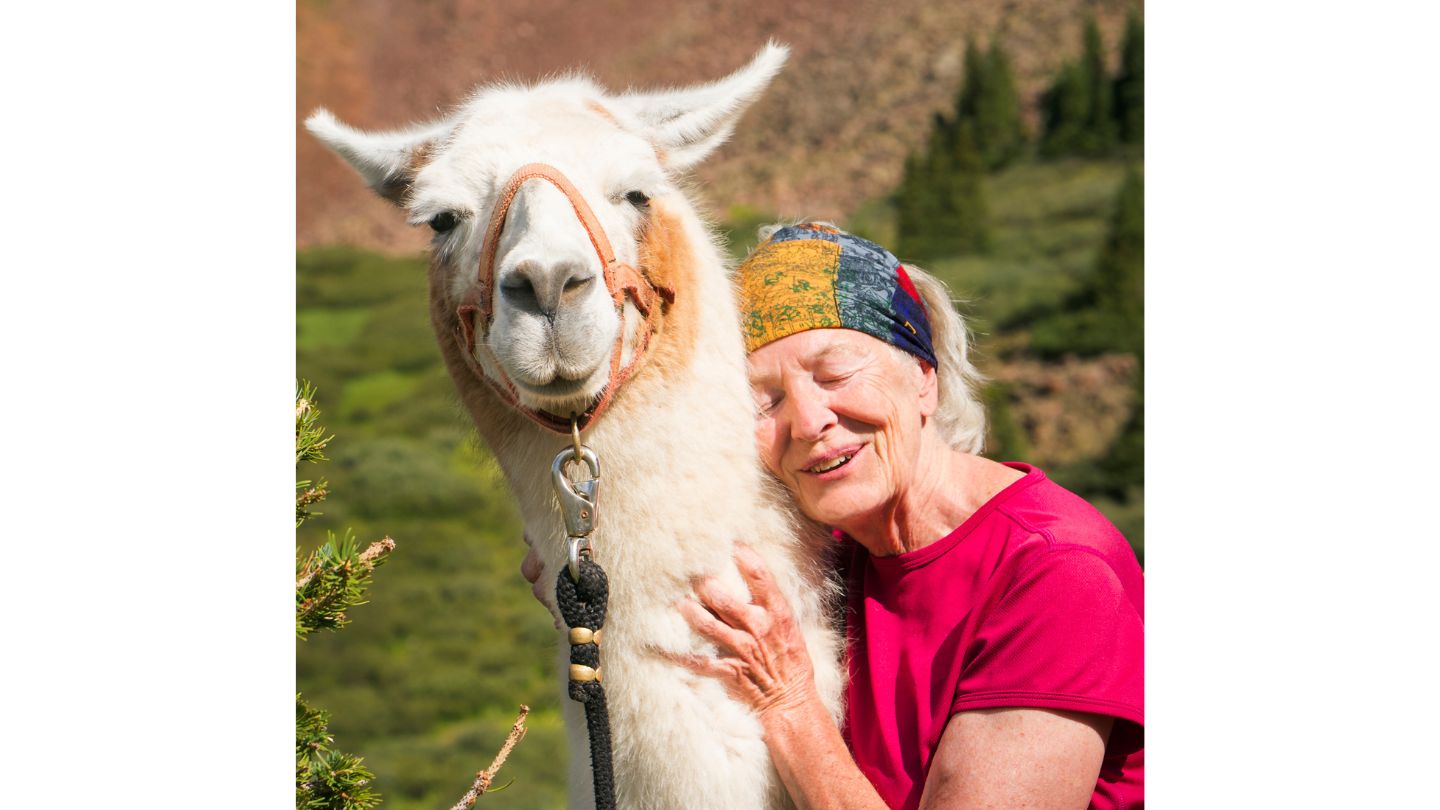
Hi, I am Dale. My husband and I bought our first llama, an 18-month-old male llama, Pumpernickel, in 1984. Since then, they are evergrowing; LlamaWeb is intended to provide information about llamas for people interested in these South American camelids.


